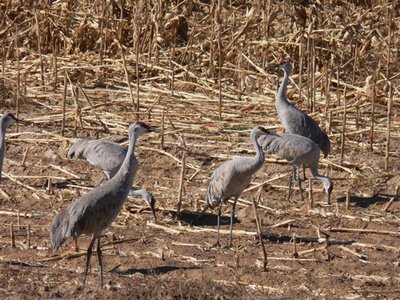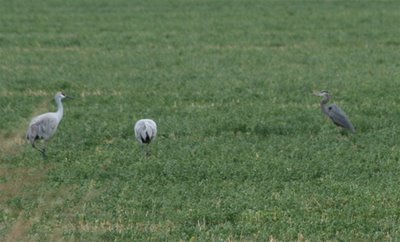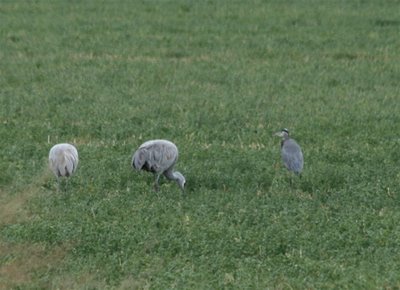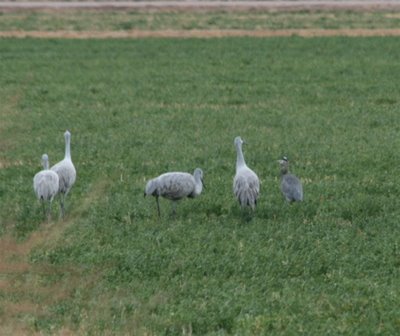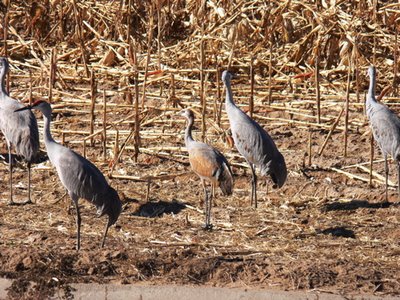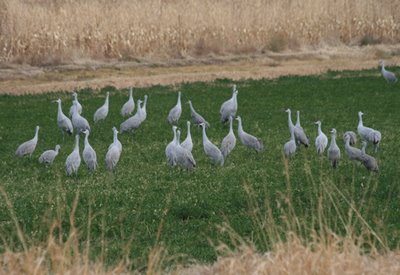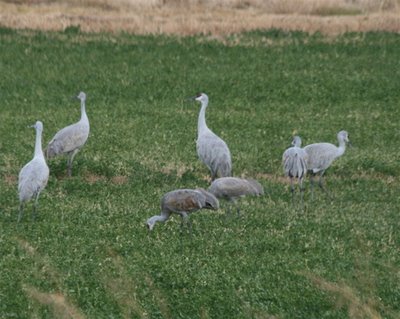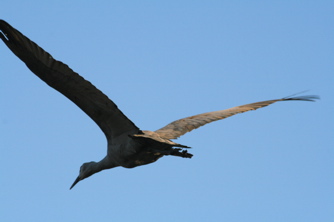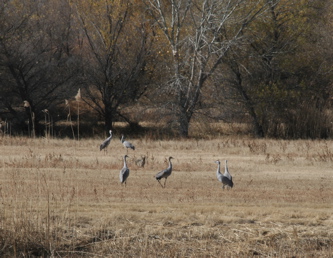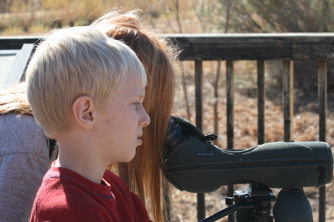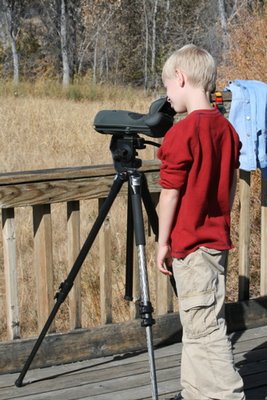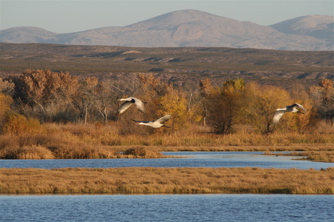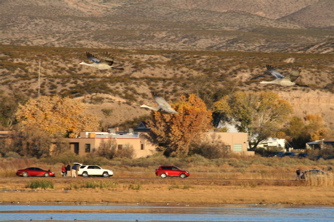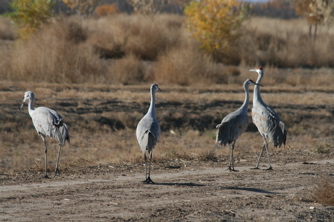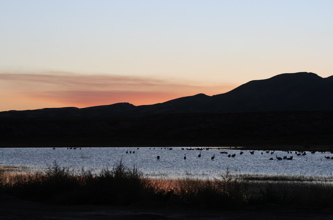Out on Whitefish Point
I was in Michigan to speak at Whitefish Point Bird Observatory's annual Spring Fling at the end of April. These are hardy people, with a different way of defining "spring" than we have down here in subtropical Ohio. They go by the calendar, not by the weather, and if the calendar says it's spring, well then it is. They go out.
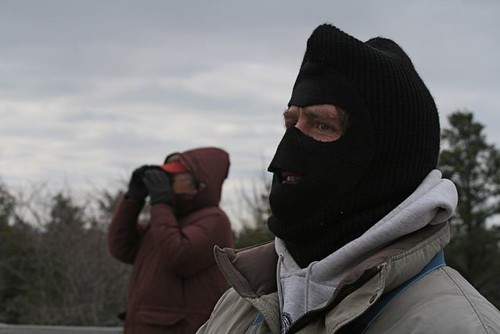
I love nautical disaster art. I find myself wondering what it might be like to look at a beautiful work of art, having lived through a disaster. Hey, it wasn't teal blue out there. It was PITCH BLACK and you couldn't see your hand in front of your face. But that's a really nice painting.

Whitefish Point is famous as the place where the Edmund Fitzgerald went down, taking 29 souls with it. This billboard is for my friend Grady, who loves shipwrecks most of all. Well, at least he did when I saw him last. He may have moved on to trainwrecks by now.
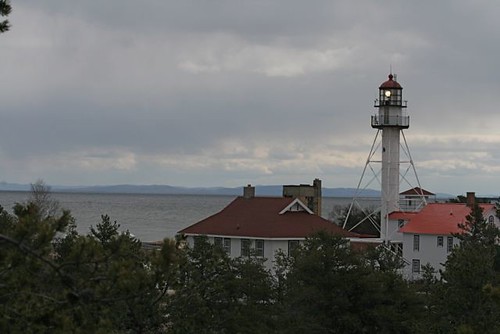
Among birders, Whitefish Point is famous for being a fabulous migrant trap, welcoming tired birds who've winged across Superior in the fall, and stacking up apprehensive birds (especially raptors) who don't much feel like facing the crossing in spring. Either way, it works real well for birdwatchers. I spent a fun afternoon watching hawks on the WPBO platform. A goshawk made my day!

Sandhill cranes breed sparingly here. I was lucky to spot a couple of pairs, prospecting for nest sites.
But it's the pines along the shore that hold the big treasure for birders.

I had to keep reminding myself that I was not on a beach in Cape Cod, so similar was the vegetation.

There's something disorienting about not having the tang of salt and fish in your nostrils when you're walking on dune vegetation.
Looking out at Superior, I got a graphic demonstration of how shifting lake ice can plow up gravel and make landforms. It was like seeing a glacier in miniature. Here, a tiny moraine.
When glaciers plowed along the land, they picked up ridges of gravel and sand. At their terminus, they piled up these deposits as they melted. The same thing's happening here, on a miniature scale, and seasonally.
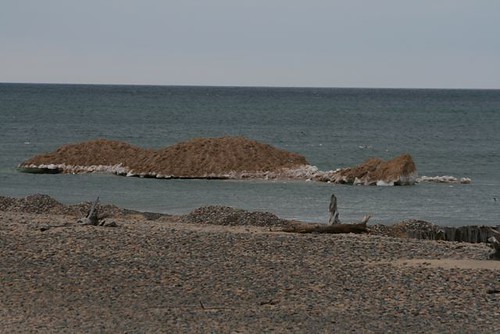
The beach rocks were so beautiful that I dared not start to look for a favorite. Even so, my
pockets were heavy when I left. The more closely I looked, the more beautiful the stones became. I couldn't get over the mix of blue, pink, flecked granite, and terra cotta. Phoo. Imagine having that in your landscaping, or your aquarium! Pebble lust.
.
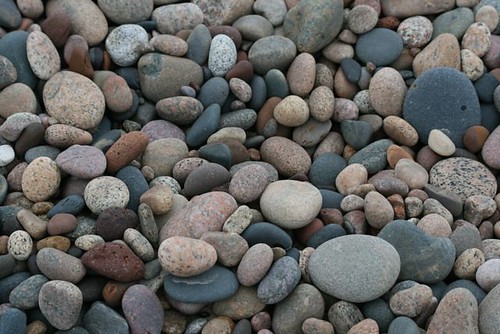
My friend, festival organizer Bob Pettit, told me of seeing people staggering out with bagsful of the lovely water-worn stones, even though they're not supposed to.


You get the feeling that people have been here for a very long time, and in the cool temperatures and acid conditions, their traces linger. Here's a Model A fender, the same kind I used to sit on as a child, clinging to the headlight strut, as my friend Billy Jones drove us around the neighborhood in the evening. I wondered if there might be an entire Model A in that hummock under the birches.
I was soon to find out that the dune forest hid even greater riches.
Labels: Lake Superior, Michigan, Model A's, Sandhill cranes, the Edmund Fitzgerald, Upper Peninsula, Whitefish Point

